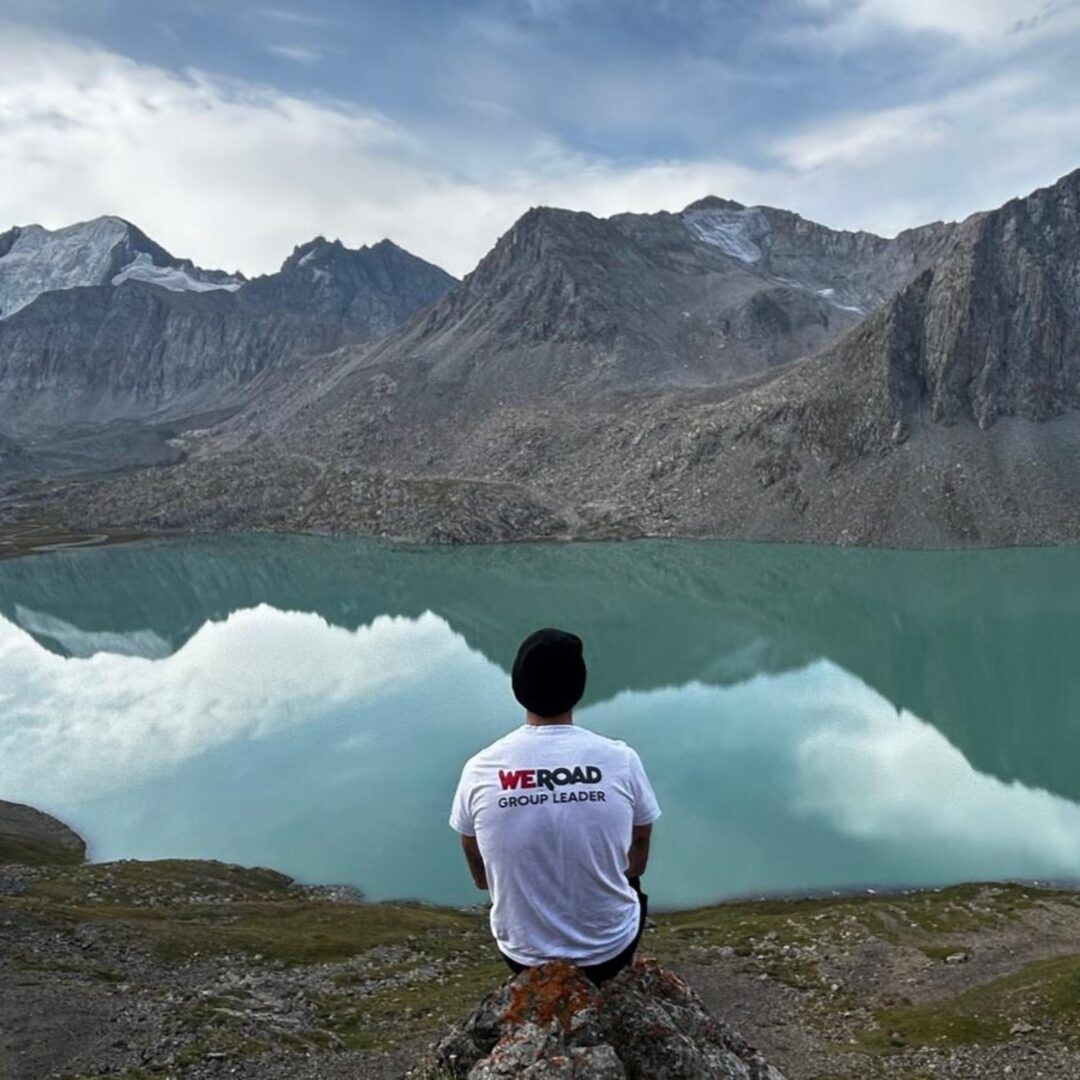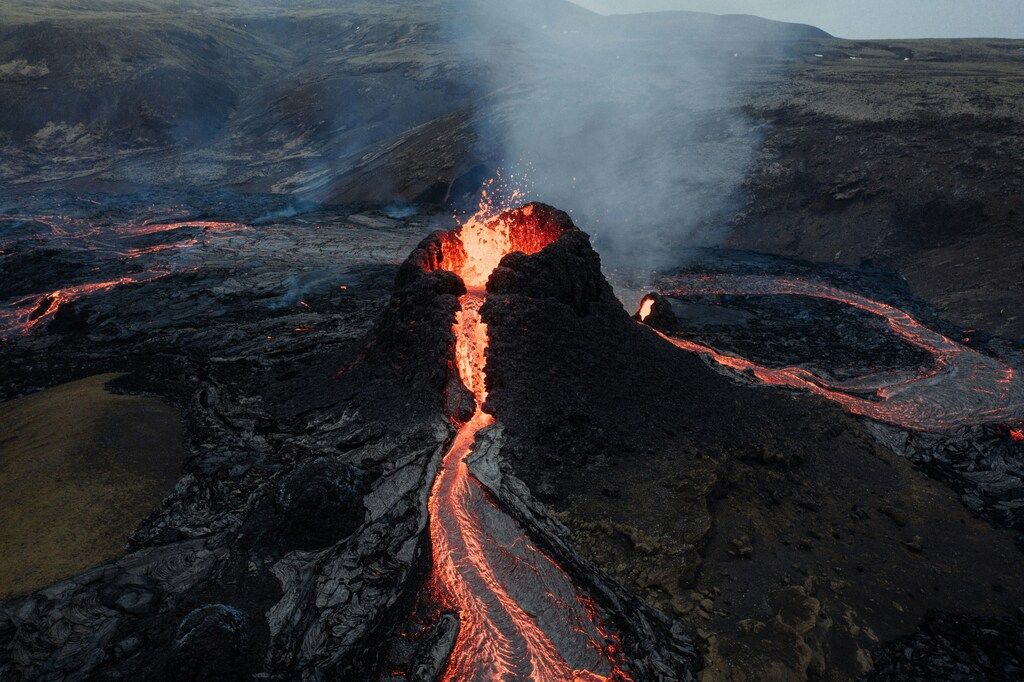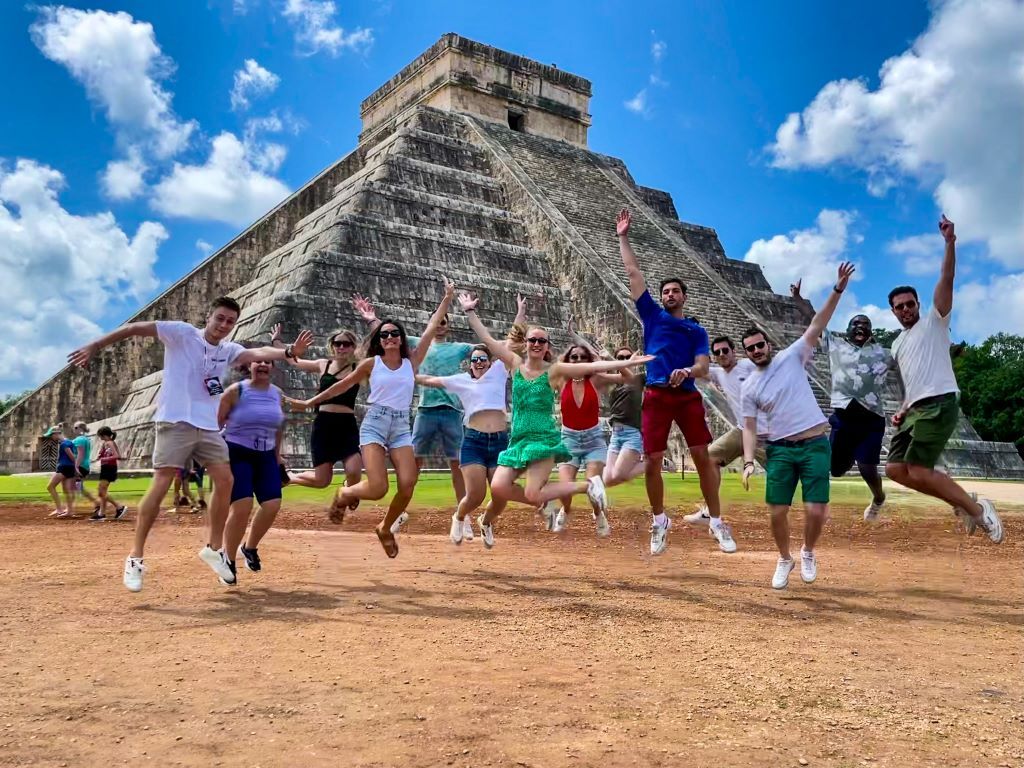

Published on June 28, 2024
Last updated: February 12, 2025
Get inspired with a trip back in time! Dedicated history buffs already know the magic of going to an ancient archaeological site, but even if you used to snooze your way through history class, these breathtaking places are bound to change your mind. There’s something magical about exploring the ruins of a city or a monument built thousands of years ago. Cancel the beach holiday! It’s time to check out the world’s best ancient sites, and here are our top seven.
The Colosseum in Rome, Italy
At its height, the Roman Empire was the most powerful empire in the world. Those days are long gone, but today, we can still marvel at the remarkable things the Romans left behind. Top of the list is the Colosseum. This ancient amphitheatre was once used for gladiatorial combat. As soon as you step inside, you’ll be whisked away to the days when men fought to the death to entertain the emperor. Grab your sword and get ready with your best Russell Crowe impression because the Colosseum is sure to spark your imagination.
Of course, you’ve seen the Colosseum in pictures —who hasn’t— but that doesn’t compare to the real thing. You’ll be stunned by just how big the Colosseum is. In fact, it’s the same size as a modern stadium and historians reckon that at least 50,000 spectators could comfortably fit inside. Sometimes, the Romans would even flood it and sail their boats inside for naval combat re-enactments. Now, that’s something you don’t get at Wembley!
The Colosseum is the most impressive ancient Roman monument in the Eternal City, but there are plenty of other archaeological sites to explore. On our five-day trip to Rome, we’ll also see the Palatine Hill and the Pantheon, as well as a few more modern buildings. If you’re curious about the classical world, this is the perfect trip for you. Read Top Places to See in Rome.

The ruined city of Pompeii, Italy
We’re staying in Italy for this one but heading south. When you spend a day in the city of Naples, you can’t help but look up at the shadow of the imposing Mount Vesuvius. This mighty volcano is an ever-present monster lurking in the background of southern Italy, and when it erupts, it ain’t pretty. Vesuvius has had quite a few eruptions over the years. But nothing compares to that fateful day in 79 AD when the ancient city of Pompeii was destroyed.
The ancient Romans didn’t have our modern appreciation of geology, so when smoke first appeared from Vesuvius, they weren’t really concerned. Bad decision. The volcano erupted for two full days, spewing pumice stone and lava all over the area. Most of the citizens managed to get away, but around 2,000 people died, all buried along with their city in layers of ash and pumice.
In the 16th century, Pompeii was rediscovered. It turns out that 1,500 years of lava is a pretty good preservative because the city still looks almost exactly the same as it did back in its heyday. From the ancient frescoes to the graffiti on the walls of the town brothel, it’s all there. Wander the streets of Pompeii, and you’ll have a truly amazing idea of what life was really like in ancient Rome. No wonder this is one of the most popular archaeological sites in the world.
Join us for five days on the Amalfi Coast. We’ll visit the ruins of Pompeii, explore modern-day Naples and hike the Path of the Gods. Oh, and if you need any more encouragement, remember that this part of Italy is where pizza was invented! Need we say anything else? Yes but WHEN? The Best Time to Travel to the Amalfi Coast.
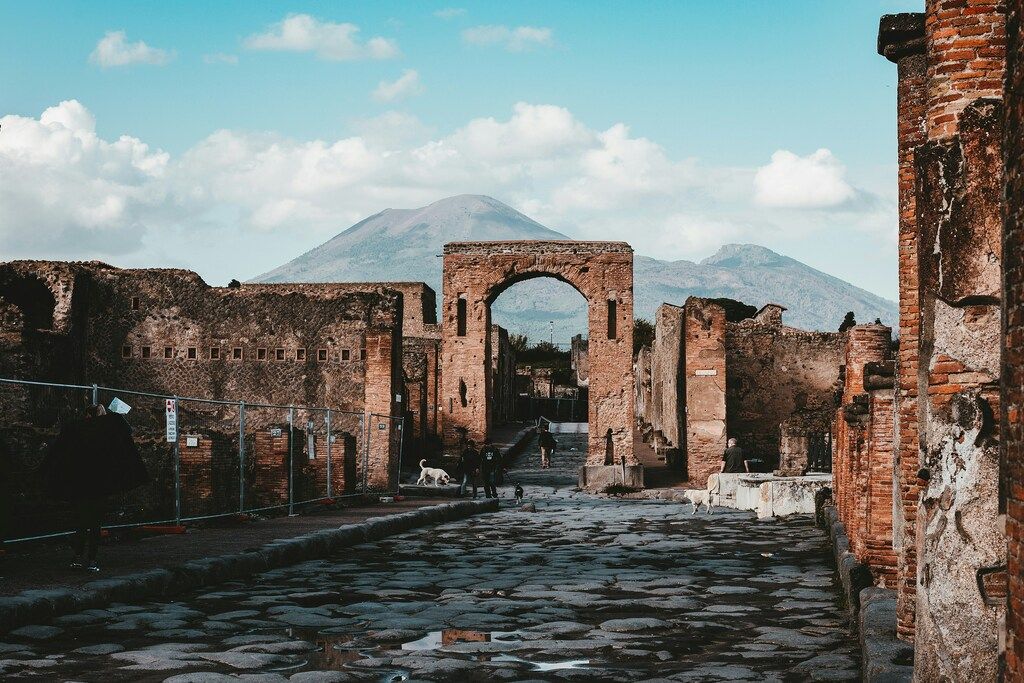
The lost city of Machu Picchu, Peru
Just like Pompeii, Machu Picchu was a city that disappeared for hundreds of years, although in this case, there was no natural disaster to blame. It was a citadel of the Inca Empire, perched high in Peru’s Eastern Cordillera mountains. No one quite knows why it was abandoned. Theories include disease, civil war or troops leaving to fight the Spanish, but this once-mighty settlement stood empty from the late 16th century until the turn of the 20th.
It’s clear to see why Machu Picchu was lost for so long: getting there is no easy feat. Today, there are handy public transport links, but adventurous travellers still follow the Inca Trail. The Inca Trail is a notoriously difficult, multi-day high-altitude trek that will leave you reeling. It’ll all be worth it when you arrive, though. Machu Picchu is a truly magical place. With its old temples and ruined buildings, it offers a tantalising glimpse into daily life in an empire that has long disappeared.
Machu Picchu is by far the most famous of Peru’s archaeological sites, but it’s not the only one worth seeing. Make sure to pay a visit to the Nazca Lines. The oldest of these mysterious geoglyphs dates back to 500 BC. Ancient people painstakingly made more than 1,300 km of lines in the sands of the Nazca Desert. The dry air of the desert has kept them in a great state until the present day. Most of the lines are just, well, lines. However, some of them are enormous, intricate designs of animals, like monkeys, hummingbirds and condors, that you’ll need to take a helicopter ride. As for why our ancestors made them in the first place? Well, that’s a mystery that we’ll never have the answer to.
You’ll see the best of Peru with our 12-day trip. Machu Picchu, the Sacred Valley of the Incas and other thrilling sights are waiting for you. Come along for the adventure of a lifetime! Read more in What to See in Peru.
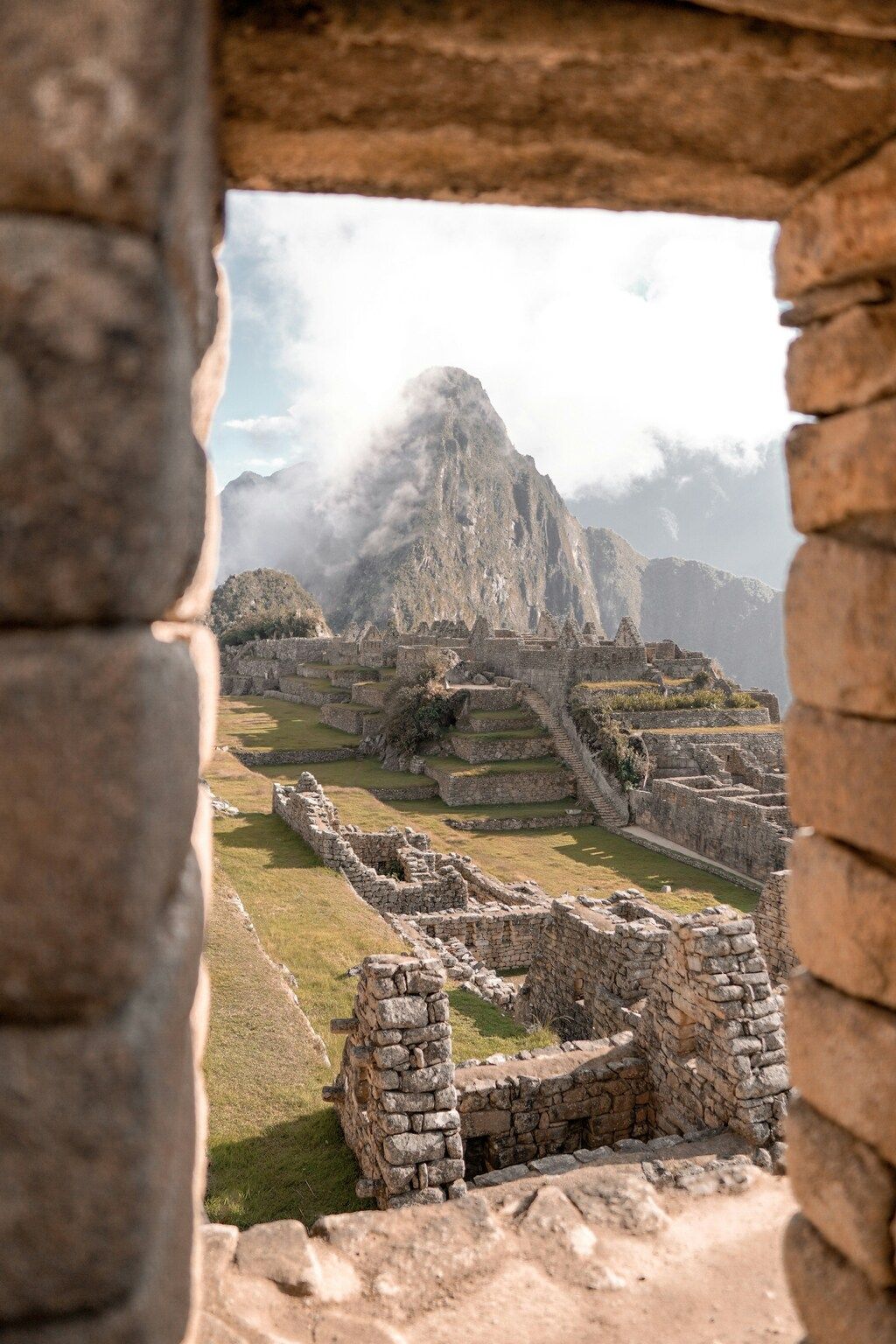
The sacred city of Chichén Itzá, Mexico
Now, it’s time to visit another pre-Columbian empire. The Maya Empire started building the city of Chichén Itzá in around 600 AD. It soon became one of their largest settlements. Over the centuries, it fell into ruins, and when the Spanish conquistadors came to Mexico, they decided to take it and establish a city there. The Maya people laid siege to the Spanish, trapping them in the ancient city for months before they fled. The Maya victory was short-lived. In the end, the conquistadors returned, but Chichén Itzá has become a powerful symbol of indigenous resistance.
The most famous building in the city is the Temple of Kukulcán, which is also the site’s largest pyramid. Yes, Chichén Itzá is famous for its pyramids — the Egyptians weren’t the only ones to erect buildings in this style. The best time to visit the pyramid is at the spring or autumn equinox. This is when the late afternoon sun creates a remarkable pattern of shadows, which looks like some kind of enormous feathered snake slithering down the side of the temple. If you visit at other times of the year, the vision of the ancient Maya architects will still stun you.
Mexico’s Yucatán Peninsula is home to more than just archaeological sites. On our 13-day trip, you’ll be able to explore the world of the Maya, chill out on the beach, go snorkelling and even check out the world-famous nightlife of Cancún! This tour really has something for everyone. Check out the Best Places to Go in Mexico.
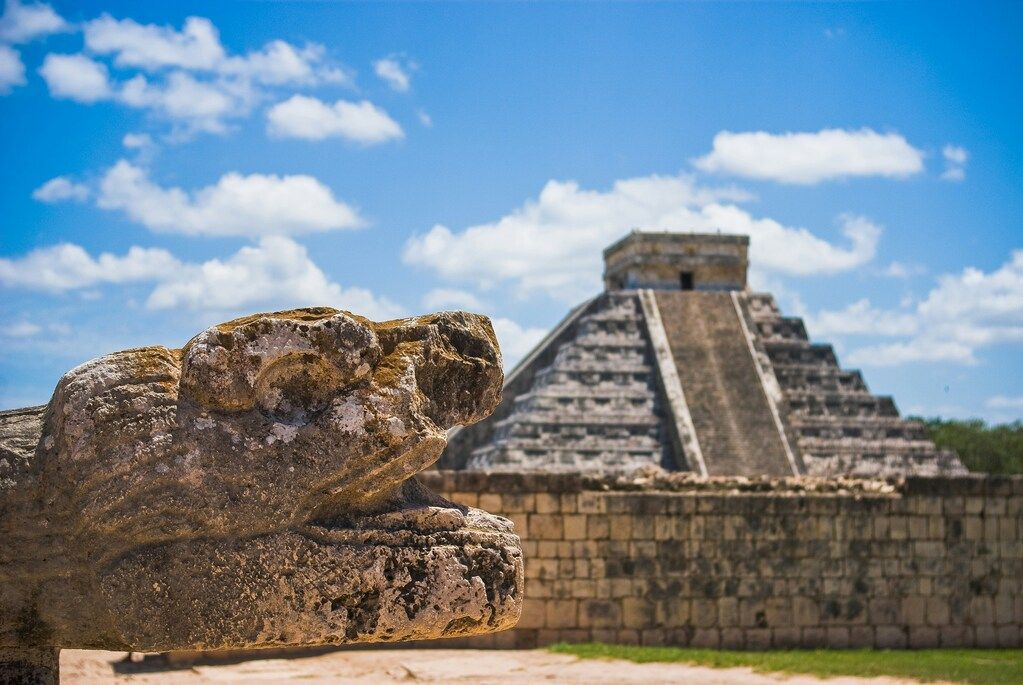
The Great Pyramid of Giza, Egypt
How could we have a list of the best archaeological sites without mentioning the only surviving Wonder of the Ancient World? The Great Pyramid of Giza took around 27 years to build, which seems like a short time, considering that construction started in about 2600 BC. All those massive stones, some of which weigh up to 80 tons, had to be carefully transported to the site. The Egyptians hadn’t discovered the wheel yet, so you can imagine just how tough that process was. And yep, it’s still standing today.
The great pyramids of Ancient Egypt were built as tombs for pharaohs and often filled with treasure to ensure that the dead king would have a good afterlife. The Great Pyramid is the final resting place of Pharaoh Khufu, whose tomb is in the King’s Chamber. However, there’s not much in there with him. That’s because around 820 AD, some grave robbers dug the Robber’s Tunnel and looted the pyramid. Today, visitors still enter through that tunnel.
Our five-day trip to Egypt will also let you visit the Great Sphinx of Giza, which also dates back to the Old Kingdom period. You’ve seen these sights in pictures ever since you were a child, so now it’s time to check them out in real life! For more, see the Best Places to Visit in Egypt.
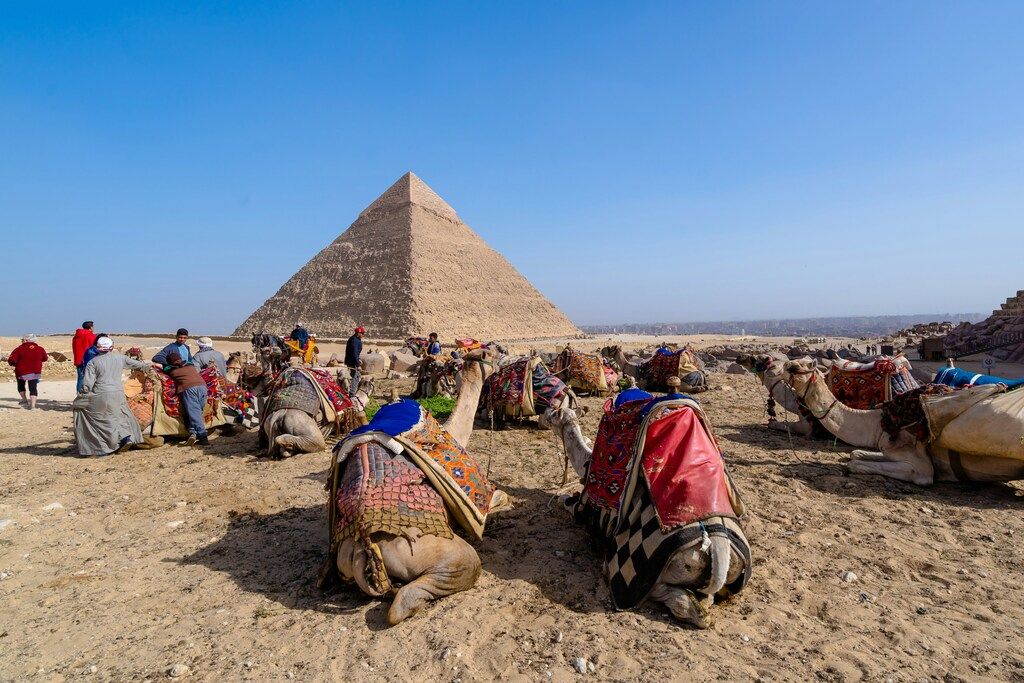
The Rose City of Petra, Jordan
The city of Petra has to be one of the most humbling archaeological sites in the world. Historians reckon it was built between the fourth and second centuries BC. When most of our ancestors were still living in caves and painting themselves blue, the ancient Nabataean Empire had carved an entire city out of stone.
You’ve probably seen photos of the famous Treasury of Petra, with its columns and delicate carvings. However, what you might not realise is that the site is so much bigger than just the Treasury — well, it’s a whole city! You can pick up a three-day pass to see it in its entirety, which will involve a lot of trekking. There are sacrificial altars, temples and grand tombs, as well as the mundane buildings that you need in a city: stables, storerooms and so on.
Like many cities on our list, Petra was abandoned for centuries, lost in the desert sands, before eventually being rediscovered. Today, you can see it for yourself on our eight-day trip to Jordan, which will also include the chance to explore the magical Wadi Rum desert and float in the Dead Sea. Discover more and read What to see in Jordan.
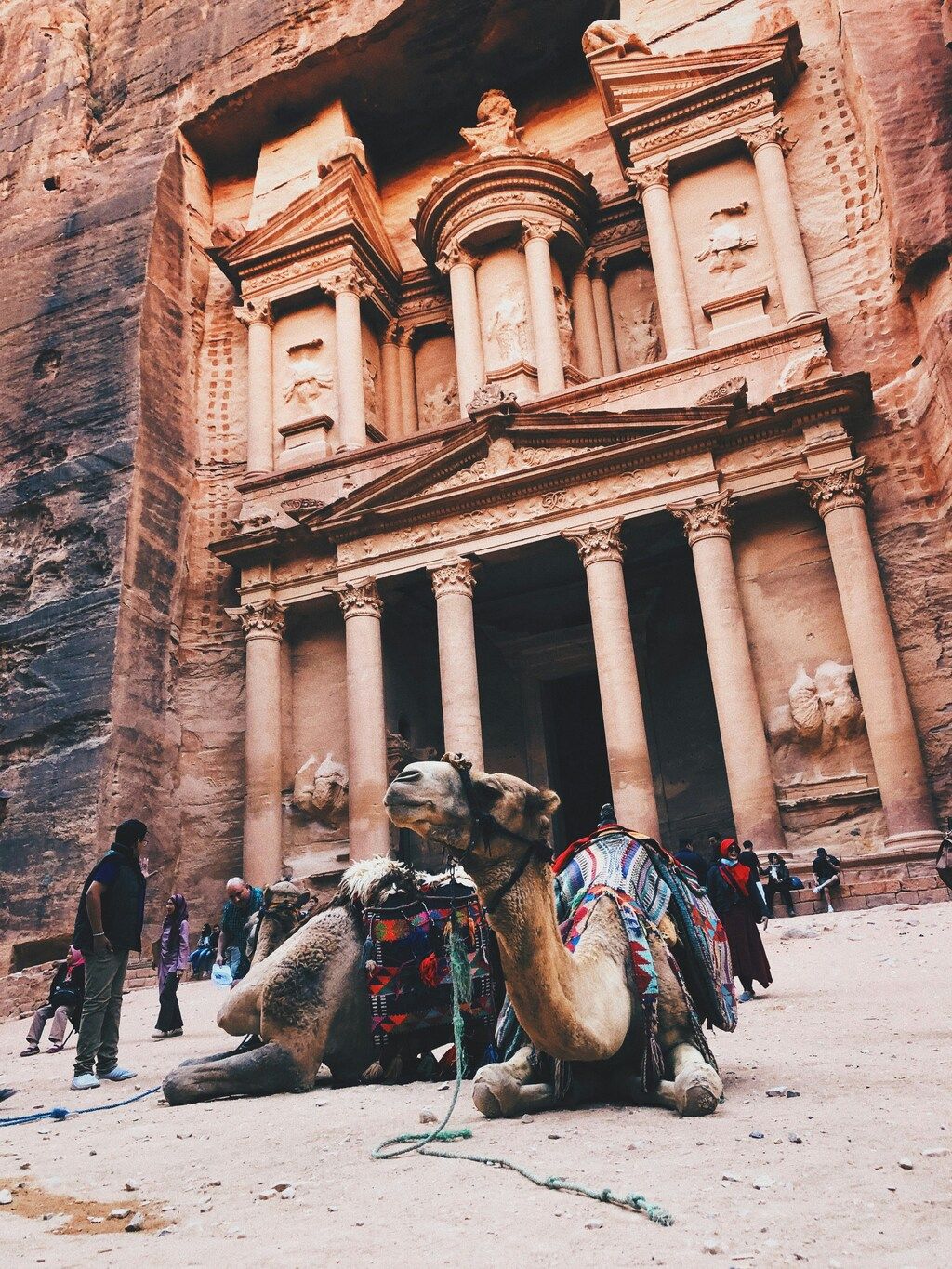
The hill fortress of Sigiriya, Sri Lanka
We’re looking at Sri Lanka for the last item on our list. This is one of the most fascinating archaeological sites in Asia. The first thing you see is a massive granite rock that sticks up 180 metres above the surrounding forest. This is the Lion Rock, and perched right at the top is an ancient fortress.
The fort of Sigiriya was built in the 5th century AD as a royal capital following a series of civil wars. Later, it was converted into a Buddhist monastery before being abandoned. Today, visitors can wander through the old fortress and palace and admire so many ancient frescoes that some historians have called Sigiriya the largest art gallery in the world.
Be warned! The trek up to the top of Lion Rock is pretty arduous, especially in the Sri Lankan sun. Start early in the morning and bring plenty of water. Better yet, if you join our trip to Sri Lanka, you’ll have a whole crew of travel buddies to motivate you to get to the top! Want to know more? Check out the Best Things to See and Do in Sri Lanka.
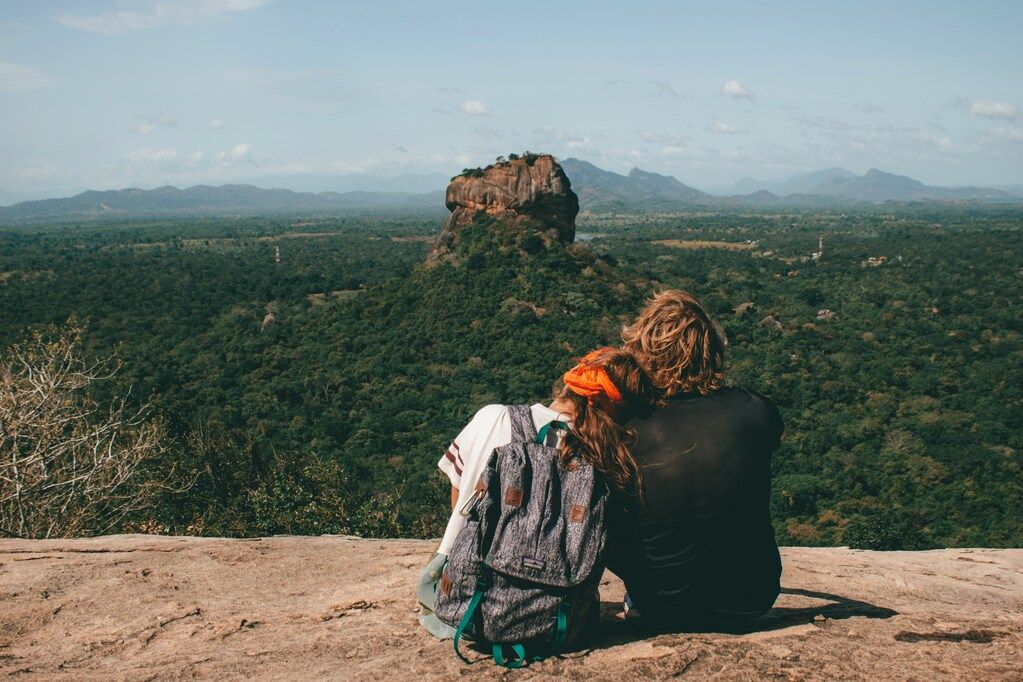
Which of these sites are you going to visit on your next holiday? There’s nothing like checking out an ancient palace or city to open your mind and make you think about the world. Join us and discover just how impressive our ancestors really were.

